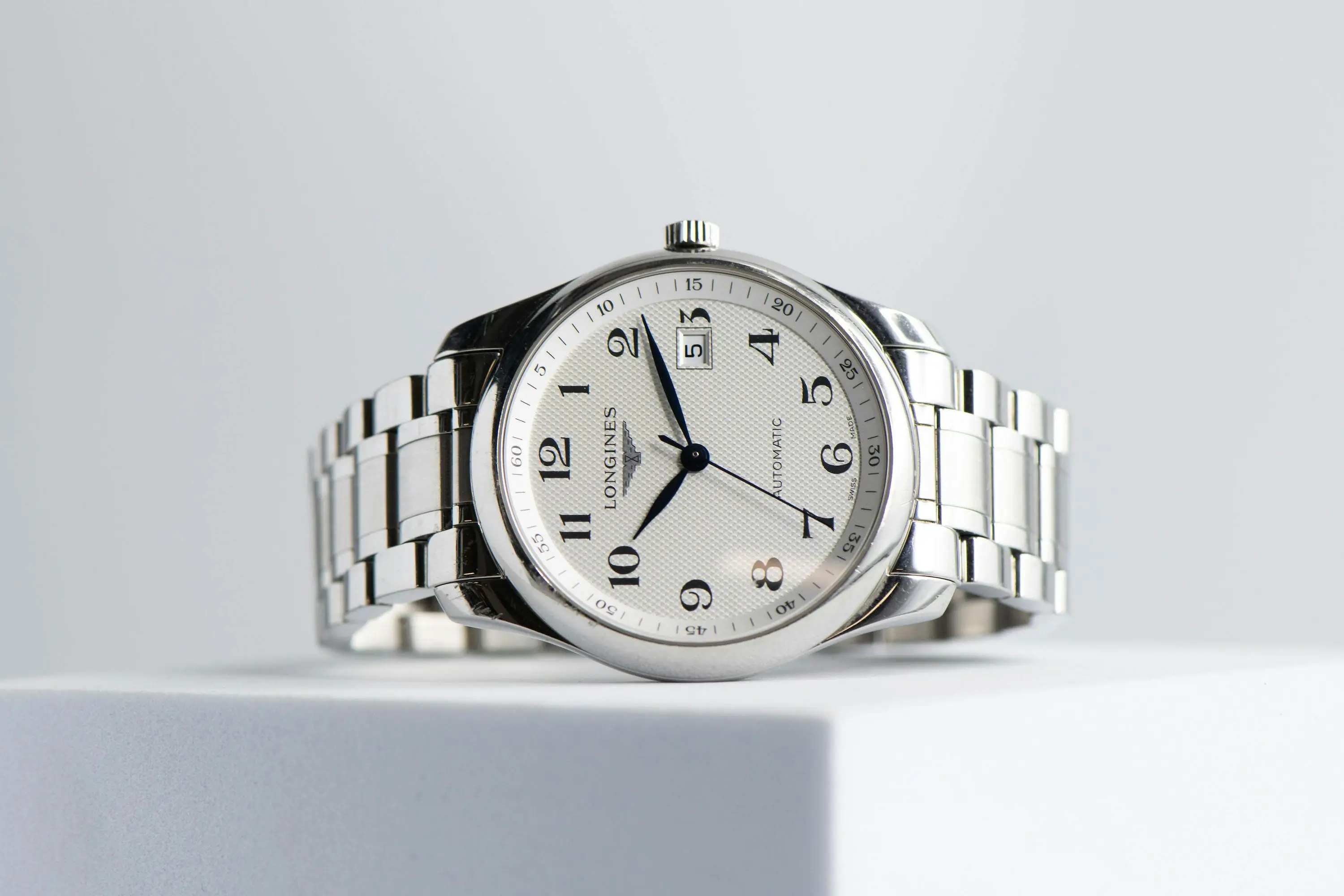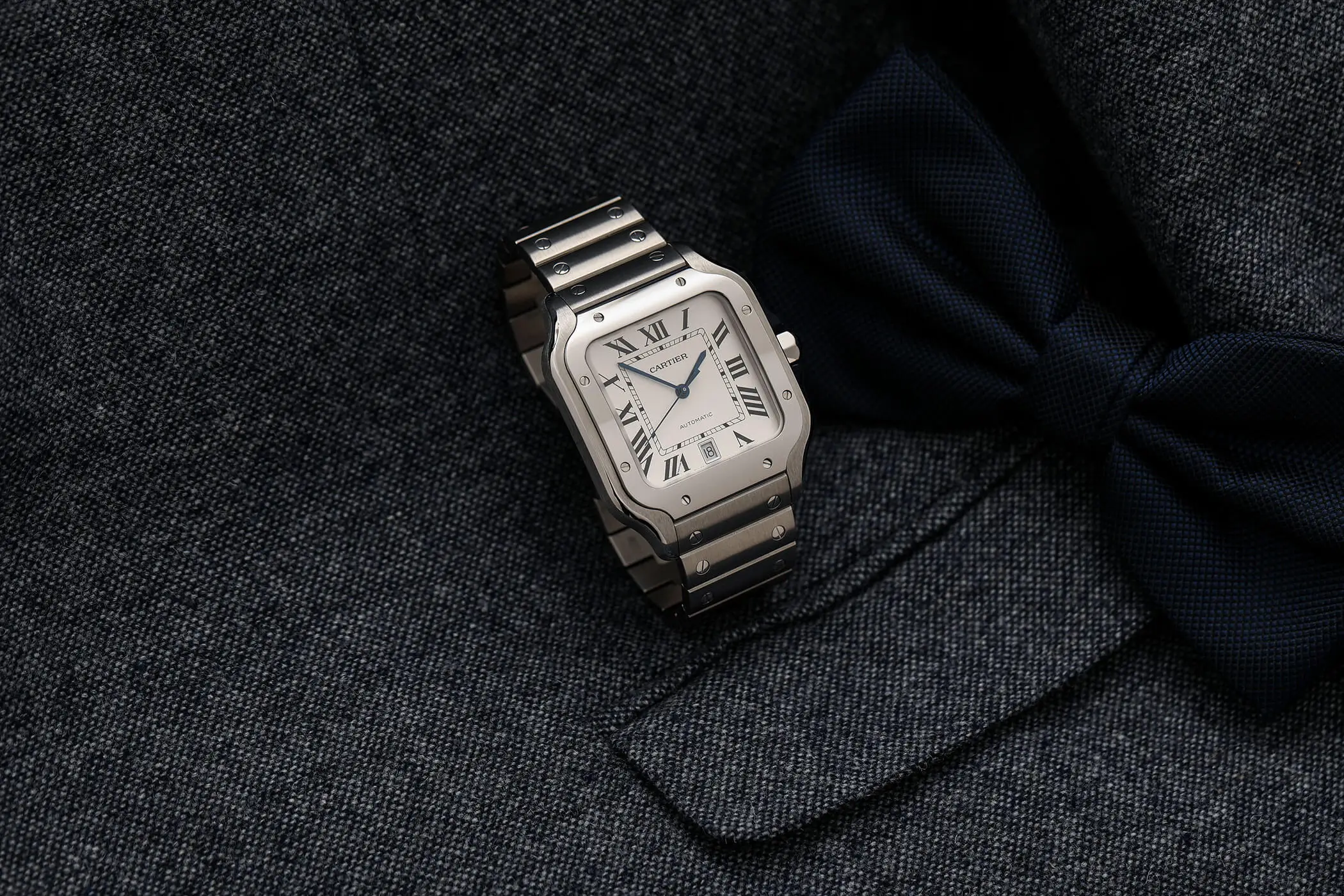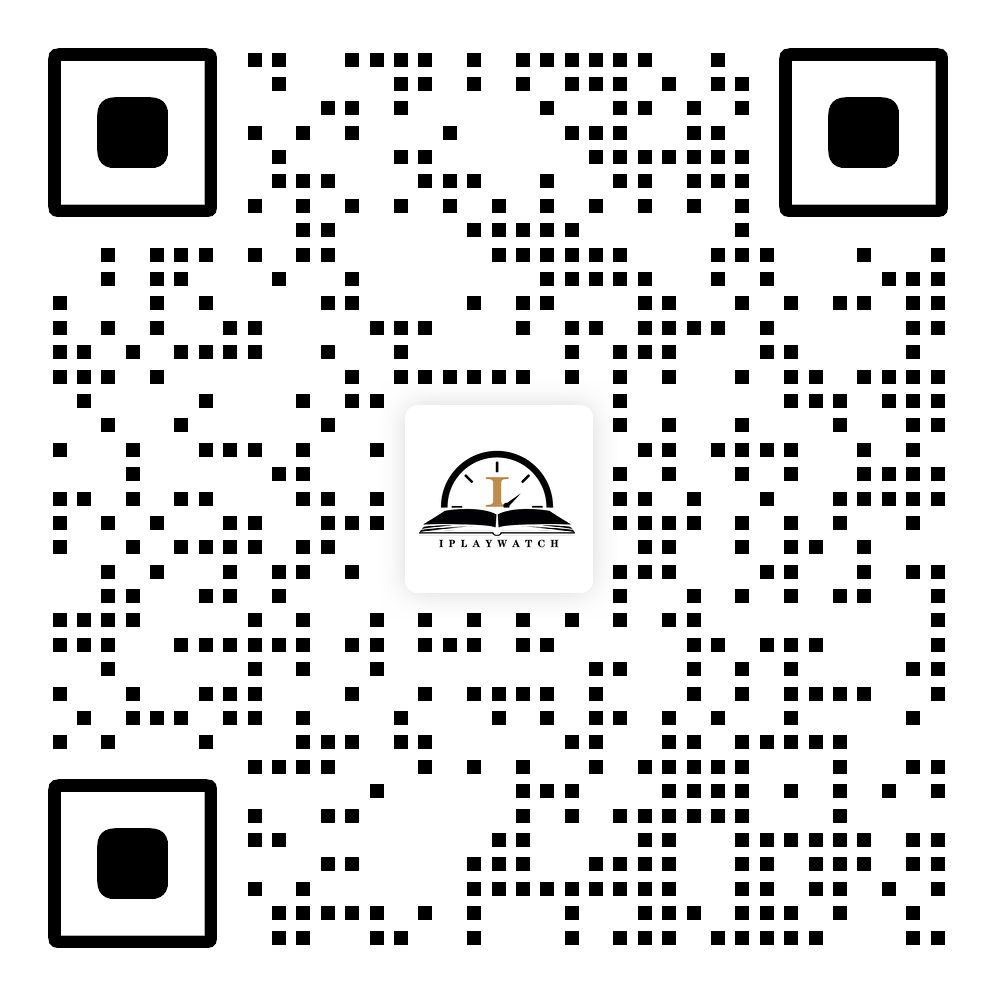How to Tell If a Watch Is Fake in Under 5 Minutes
Watch Guides
2025-06-25Introduction
In today’s booming luxury watch market, spotting a counterfeit is more crucial than ever. With fakes getting more sophisticated, even experienced collectors can fall into traps. Whether you're eyeing a Rolex, Patek Philippe, Movado, or even an Olevs model, knowing how to tell if a watch is fake is an essential skill—especially if you only have five minutes to spare.
This guide breaks down a rapid and reliable method for watch authentication. You’ll learn how to check a watch's authenticity through visual inspection, serial numbers, and weight—plus where to go when you need expert help.
Step 1: Visual Inspection – Start with What You Can See
Look Closely at the Dial and Case
Authentic luxury watches are masterpieces of craftsmanship. Fonts, spacing, alignment, and markers should be perfect. If the logo or brand name is even slightly off, that’s a red flag.
Fake watch alert signs:
•Fuzzy or misaligned brand text
•Incorrect subdial placement
•Cheap-looking case finish
For Rolex watches in particular, the first step in telling if one is authentic is to inspect the dial carefully in proper lighting.
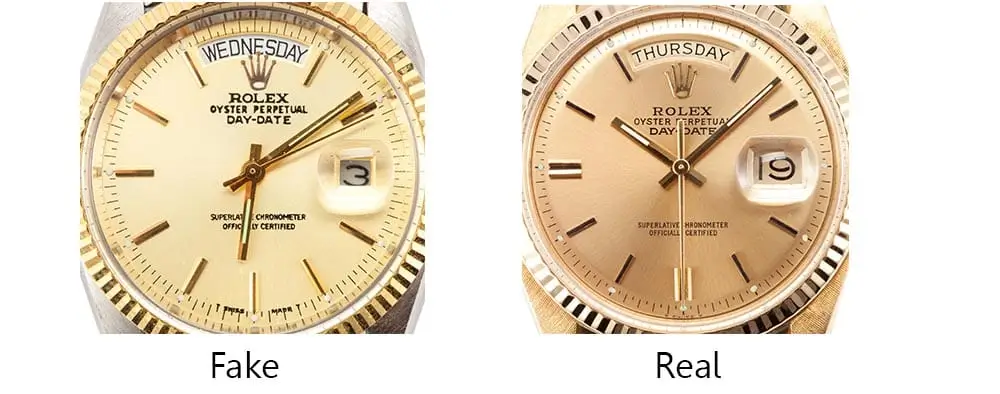
Examine the Case Back
Most real Rolex watches have a smooth, unadorned case back—commonly called an “oyster back.” If you see a clear case back or engravings not typical of the model, it may be counterfeit.
Step 2: Check the Serial and Model Numbers
Verify the Rolex Serial Number
Luxury watches have precise engravings—especially Rolex. Use trusted sources or the brand’s official tools to verify Rolex serial number details. A mismatch or poorly engraved serial could indicate a fake.
You can also conduct a watch authenticity check online, though results vary based on the service. Always cross-reference the serial number with known production years and reference numbers.
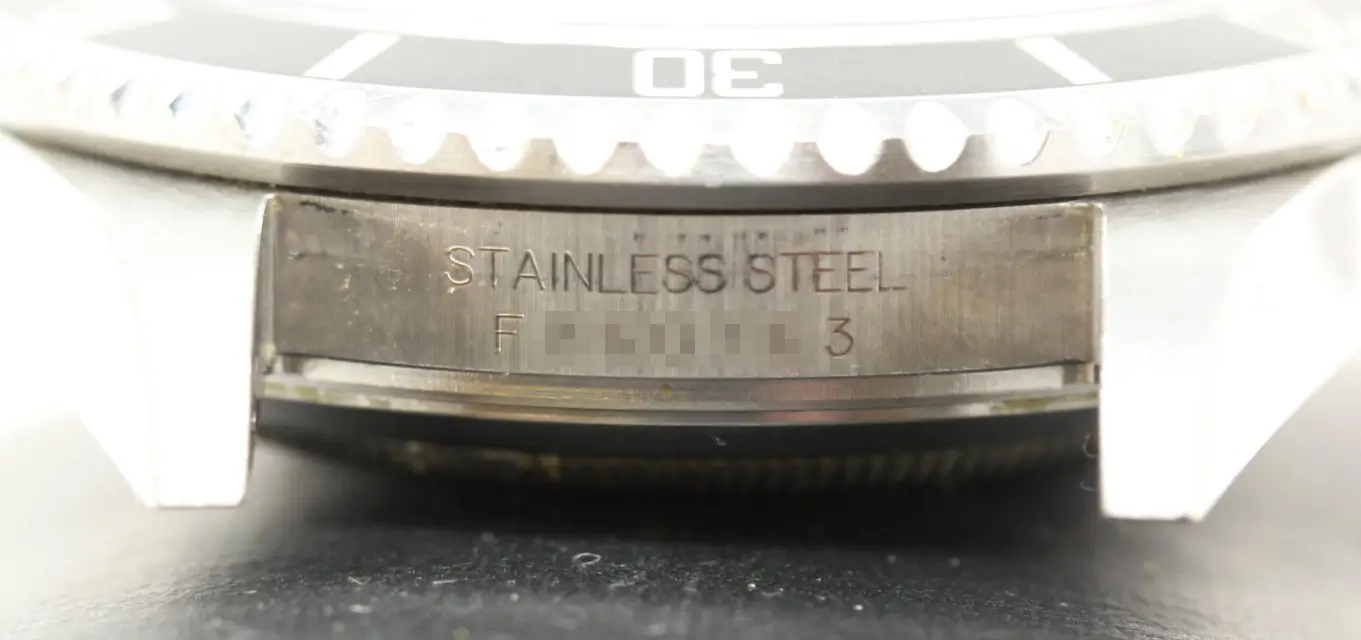
Step 3: Feel the Weight and Materials
Rolex Weight and Quality
A genuine Rolex feels substantial due to high-grade metals and sapphire crystal. Fake Rolexes often feel lighter because they use cheaper components.
Real Gold vs. Plated Metal
Wondering how to know if a watch is real gold? Try this:
•Look for hallmarks stamped discreetly inside the case or on the clasp.
•Use a magnet (real gold is not magnetic).
•Take it to a jeweler for acid or XRF testing.

Step 4: Listen—Do Real Rolex Watches Tick?
One of the most popular myths is: “Do real Rolex watches tick?” No, not in the way quartz watches do. Rolex uses mechanical movements, which have a smooth, sweeping second hand rather than a tick-tick motion.
If the second hand jerks per second, it’s most likely a quartz movement—usually found in fakes (or very specific Rolex Oysterquartz models, which are rare and should be verified separately).

Ste 5: Use Expert Help – Fast and Reliable Authentication
Search “Watch Authentication Near Me”
Sometimes, you just need a pro. Use location-based searches like “watch authentication near me” to find jewelers or specialists.
Alternatively, go digital. Many platforms now offer watch authenticity check online services. Upload detailed images of your watch, and trained experts will give you a verdict—often within hours.
Brand-Specific Watch Authentication Tips
How to Tell If My Movado Watch Is Real
Movado watches feature a minimalist design. Check for:
•Authentic Movado dot at 12 o'clock
•Smooth leather or stainless steel bracelet
•A sharp, crisp case back with serial numbers
Authenticating Watches: Patek Philippe
Patek Philippe watches are among the most counterfeited. Here's how to verify:
•Inspect the micro-engraving of the movement
•Confirm the Geneva Seal or Patek Philippe Seal on the caliber
•Cross-check the reference and case numbers with Patek’s archives
Olevs Watch – Original vs. Fake
Olevs is often marketed as affordable luxury. Here's what to compare:
•Packaging Original Olevs: Includes the official box and all paperwork Fake Olevs: Often missing documentation
•Logo and Font Original Olevs: Razor-sharp, consistent lettering Fake Olevs: Blurry or uneven font
•Case Weight Original Olevs: Feels substantial and sturdy Fake Olevs: Noticeably lightweight and tinny

The Future of Counterfeit Watch Prevention
With technological advances, the war on counterfeit watches is evolving. Blockchain-powered certificates, laser-engraved microcodes, and NFC chips are already being used to combat fakes.
Brands like Rolex and Patek Philippe are investing in proprietary verification technology. For example, Rolex's newest warranty cards feature advanced QR codes for easier validation.
Understanding this direction is crucial if you're collecting or reselling luxury timepieces.
Conclusion
Even with only five minutes, you can spot most fake watches using this checklist. But when in doubt, get it authenticated—because nothing beats peace of mind.
Whether you're browsing pre-owned luxury pieces, building a collection, or just curious about a recent purchase, use this guide to sharpen your eye. And remember—if it feels too good to be true, it probably is.
FAQ
How do I know if a Rolex is real?
Inspect the dial and printing under good light, ensure a smooth second-hand sweep, check for a plain “oyster back,” and verify the serial/model numbers against official records.
How to check original Rolex watch weight?
Weigh on a precision scale and compare to Rolex’s spec; genuine models feel heavy and solid, while fakes often feel light.
How to tell if my Movado watch is real?
Look for a perfectly centered dot at 12 o’clock, high-quality bracelet/strap and stitching, and a sharp engraved serial number on the case back.
How to know if a watch is real gold?
Check for karat hallmarks (e.g., “750” for 18K), perform a magnet test (real gold isn’t magnetic), or get an acid/XRF test from a jeweler.
What if I’m still not confident in my assessment?
Don’t risk a bad purchase—use an online authentication service or visit a reputable local jeweler for a professional opinion.
Where can I find reliable watch authentication near me?
Search “watch authentication near me” and look for certified dealers or specialist watchmakers with positive reviews and transparent fees.
How can I avoid buying fake watches online?
Stick to trusted marketplaces, check seller ratings, ask for detailed photos of serial numbers and movement, and request an authenticity guarantee before purchase.

